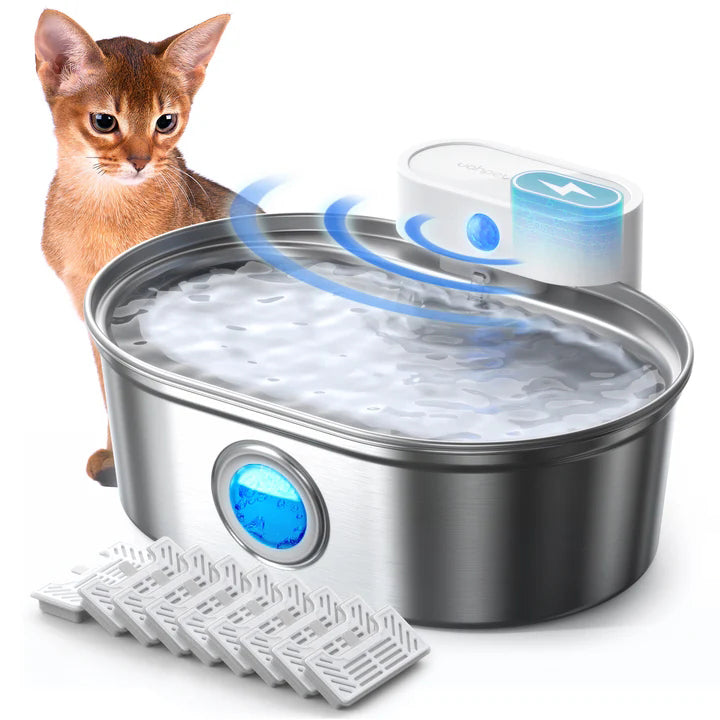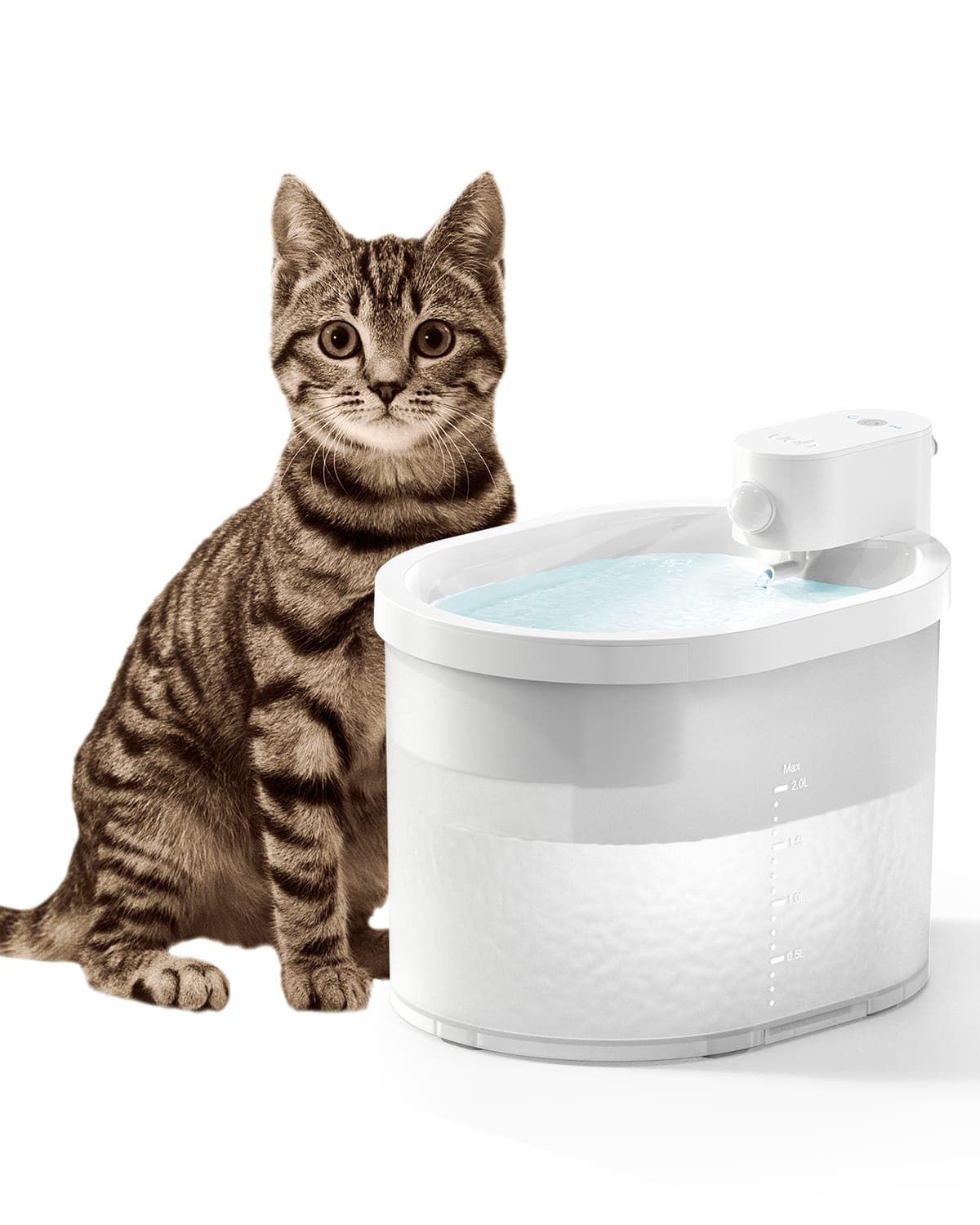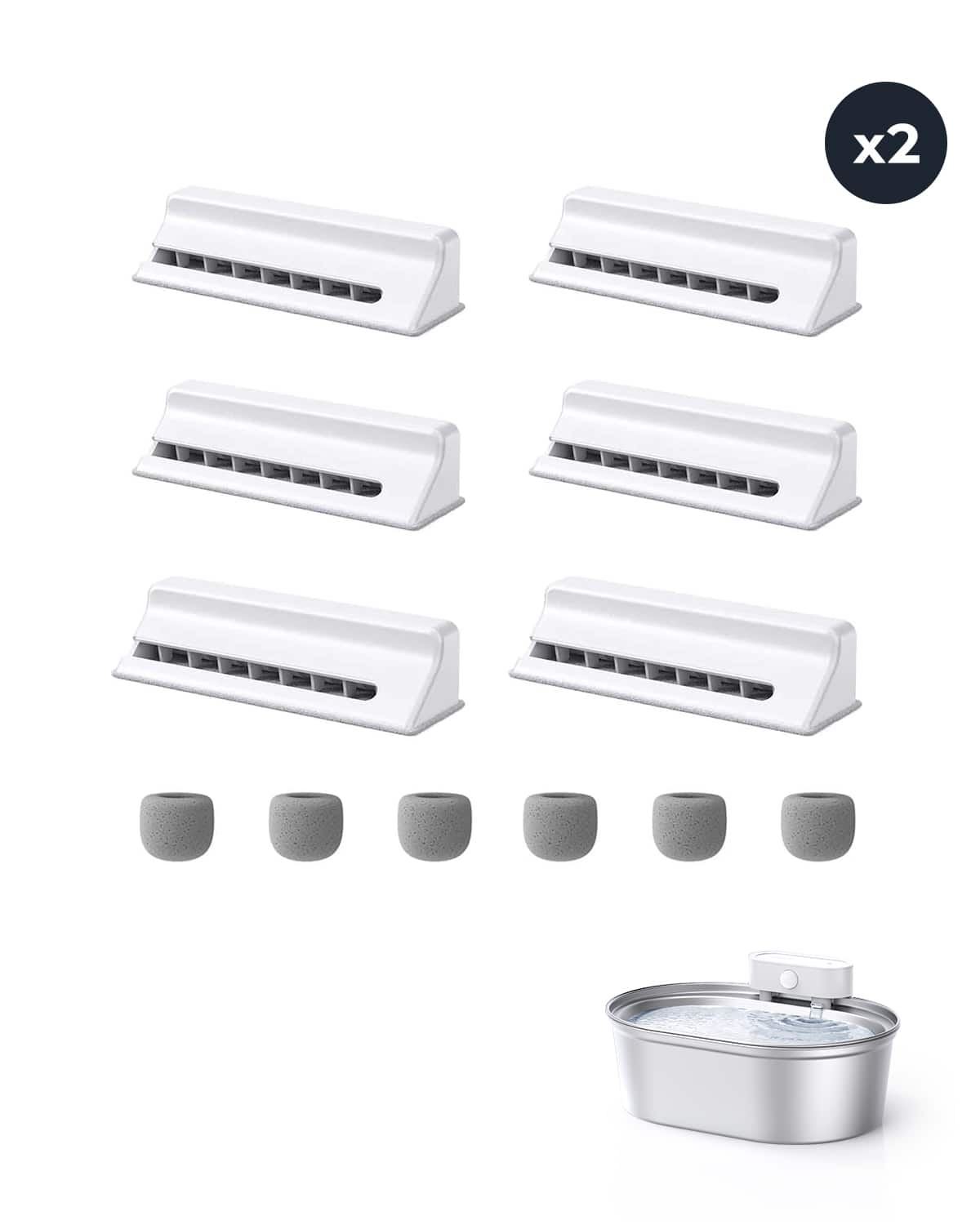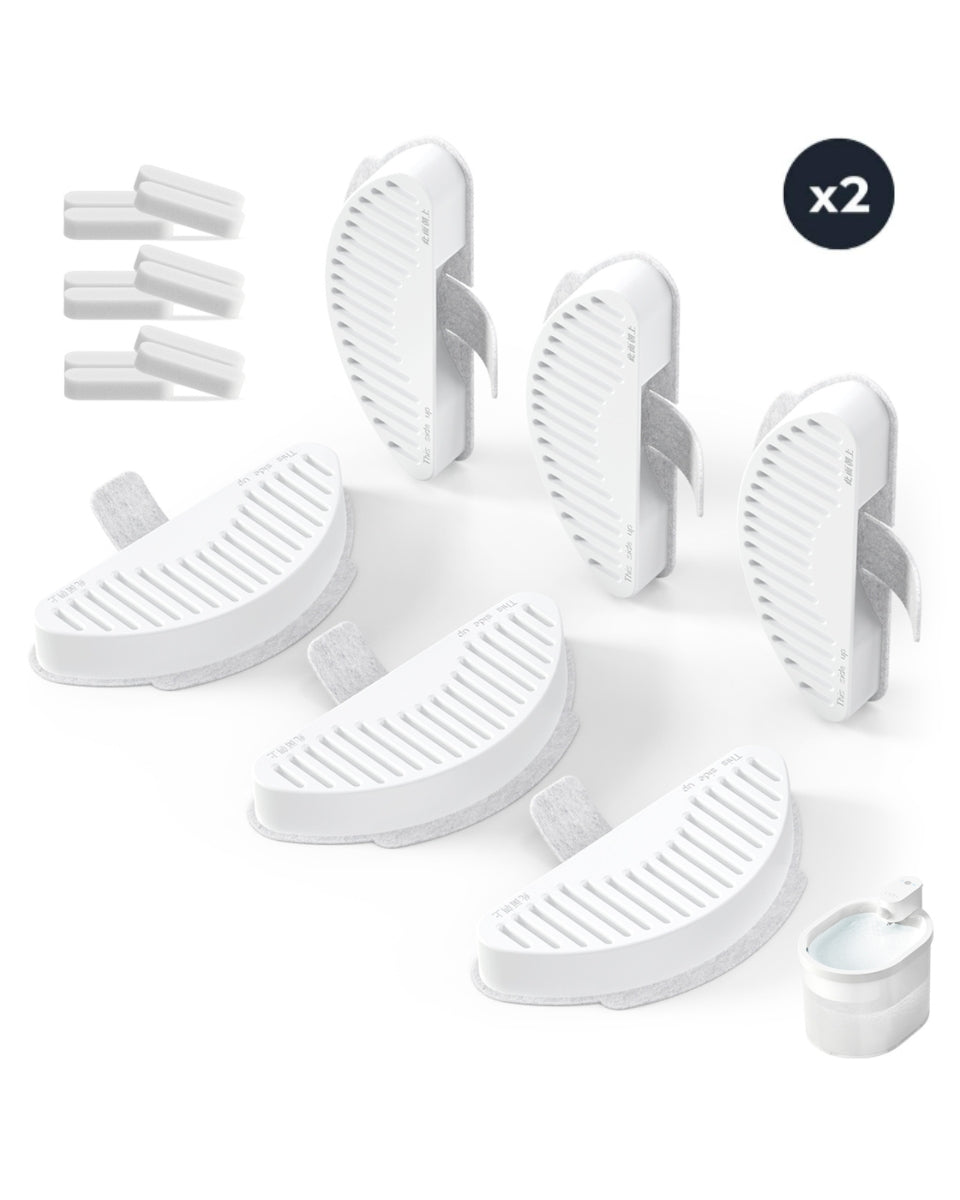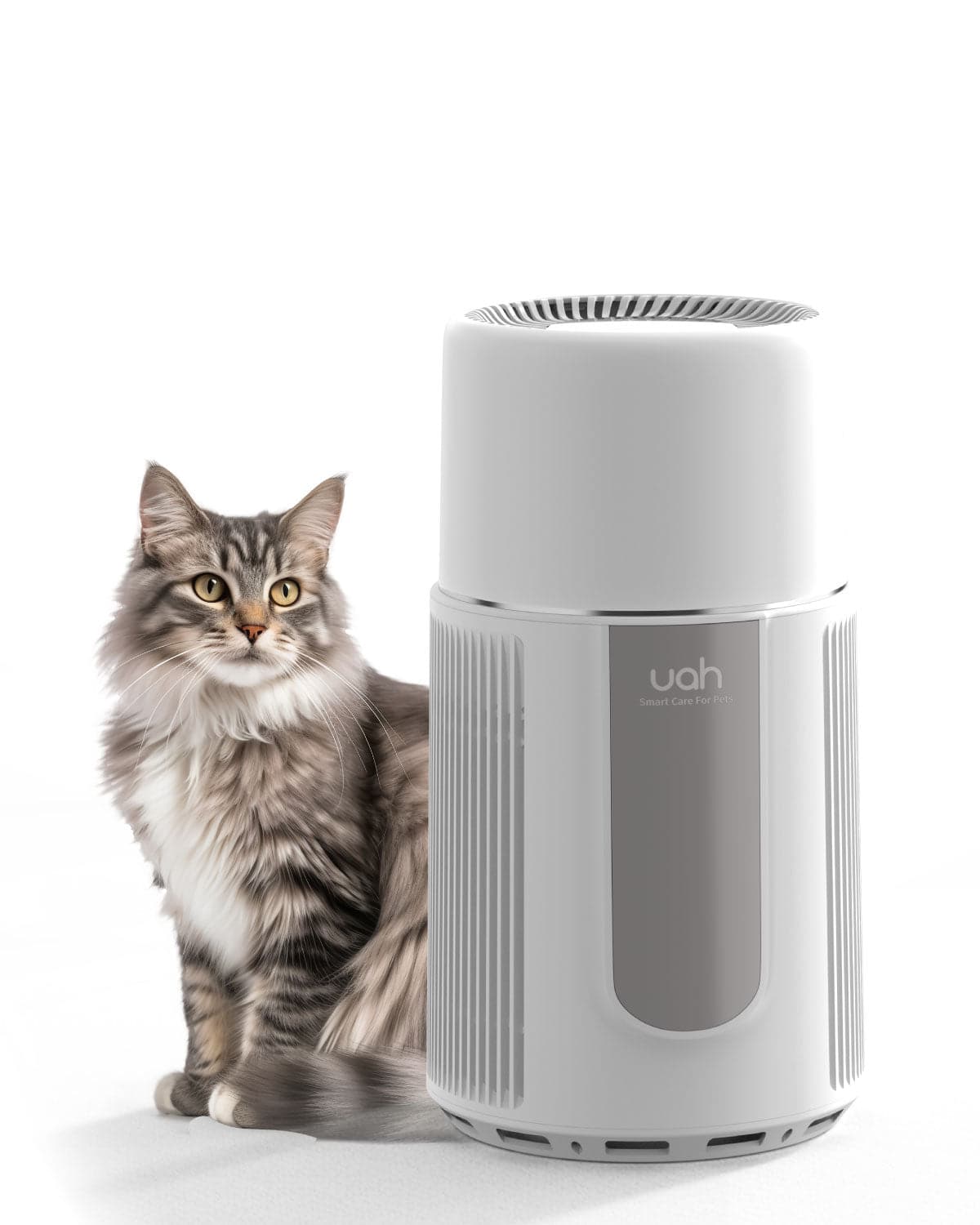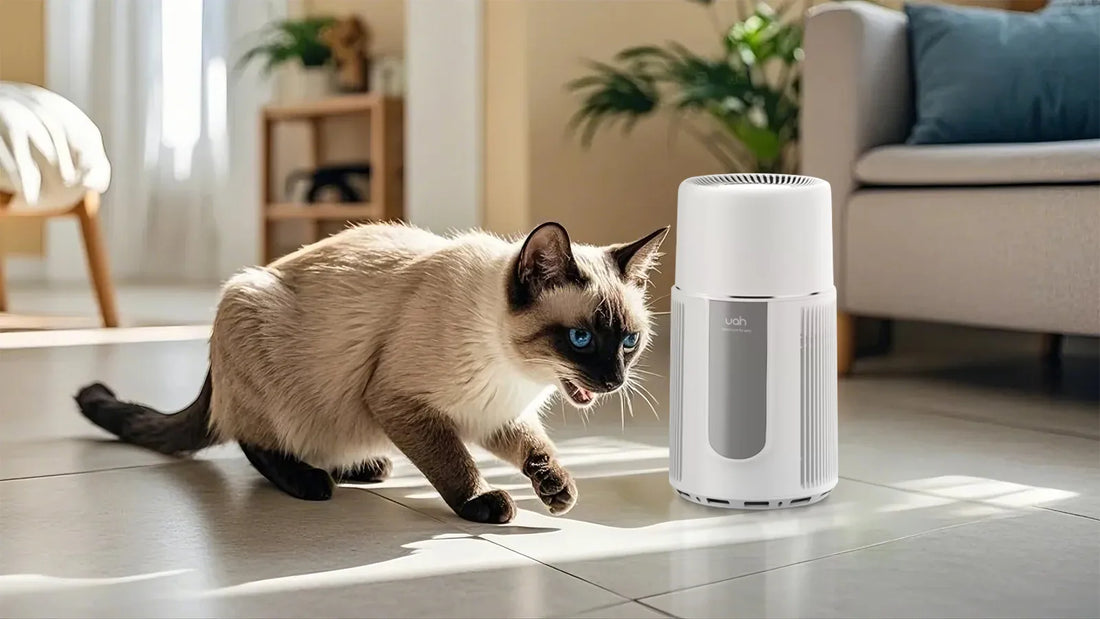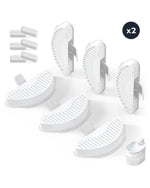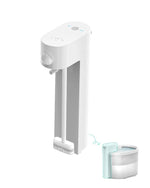Indoor air quality is a growing concern for many households, especially for those dealing with mold, pet dander, and dust. These common pollutants can trigger allergies, respiratory issues, and other health problems. Fortunately, air purifiers have emerged as a powerful solution to combat these airborne contaminants. This comprehensive guide explores how air purifiers work, their benefits, and how they can help you breathe easier in your home.
Understanding Indoor Air Pollutants
Before diving into the benefits of air purifiers, it’s essential to understand the primary pollutants they target: mold, pet dander, and dust. Mold spores thrive in damp environments and can spread through the air, causing allergic reactions and respiratory issues. Pet dander, consisting of tiny skin flakes shed by animals, is a common allergen that can linger in the air and on surfaces. Dust, a mixture of particles like pollen, dead skin cells, and fabric fibers, can also worsen allergies and asthma. Together, these pollutants create an unhealthy indoor environment that demands attention.
How Air Purifiers Work
Air purifiers are designed to remove contaminants from the air, improving overall air quality. Most air purifiers use a combination of filters and technologies to capture and neutralize pollutants. High-efficiency particulate air (HEPA) filters are particularly effective at trapping microscopic particles like mold spores, pet dander, and dust. Some air purifiers also incorporate activated carbon filters to absorb odors and volatile organic compounds (VOCs). Additionally, advanced models may use ultraviolet (UV) light or ionizers to kill bacteria and viruses. By combining these technologies, air purifiers provide a multi-layered defense against indoor air pollution.
Benefits of Using Air Purifiers
Investing in an air purifier offers numerous benefits for your health and home. For allergy sufferers, air purifiers can significantly reduce symptoms by removing allergens like pet dander and dust. They also help control mold growth by capturing mold spores before they settle and multiply. Improved air quality can lead to better sleep, enhanced focus, and a reduced risk of respiratory illnesses. Furthermore, air purifiers can eliminate unpleasant odors, creating a fresher and more inviting living space. By addressing these issues, air purifiers contribute to a healthier and more comfortable environment.
Choosing the Right Air Purifier
Selecting the right air purifier depends on your specific needs and the size of your space. For homes with pets, look for air purifiers with HEPA filters and activated carbon to tackle pet dander and odors. If mold is a concern, choose a model with a high-quality HEPA filter and consider one with UV-C light for added protection. For dust control, air purifiers with multiple filtration stages are ideal. Additionally, consider the clean air delivery rate (CADR), which indicates how quickly the purifier can clean the air in a given space. By evaluating these factors, you can find an air purifier that effectively addresses your unique air quality challenges.
Maintenance Tips for Optimal Performance
To ensure your air purifier operates at peak efficiency, regular maintenance is crucial. Replace filters according to the manufacturer’s recommendations, as clogged filters can reduce performance. Clean the exterior of the unit to prevent dust buildup, and check for any signs of wear or damage. If your air purifier has a pre-filter, clean or replace it regularly to extend the life of the main filter. Proper maintenance not only enhances the purifier’s effectiveness but also prolongs its lifespan, ensuring you get the most out of your investment.
Additional Strategies for Cleaner Air
While air purifiers are highly effective, combining them with other strategies can further improve indoor air quality. Regularly vacuuming and dusting your home can reduce the amount of dust and pet dander in the air. Using a dehumidifier can help control mold growth by maintaining optimal humidity levels. Washing bedding and pet accessories frequently can also minimize allergens. Additionally, ensure proper ventilation by opening windows or using exhaust fans to circulate fresh air. By adopting these practices alongside air purifiers, you can create a healthier and more breathable environment.
Air purifiers are a game-changer for anyone looking to improve indoor air quality and protect their health. By effectively removing mold, pet dander, and dust, these devices create a cleaner and more comfortable living space. Whether you’re an allergy sufferer, a pet owner, or simply someone who values clean air, investing in an air purifier is a step toward a healthier home. Start your journey to better air quality today and experience the difference it can make in your life.

